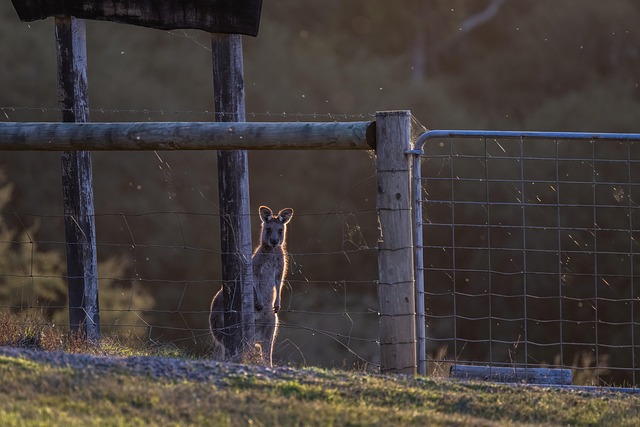New Bedford, Massachusetts homeowners looking to install a fence have a variety of options and considerations. Before breaking ground, planning is crucial—from obtaining necessary permits to selecting the ideal design that complements your property. Choosing the right material ensures durability and aesthetic appeal. This guide breaks down the process step-by-step, detailing tools needed for installation. Post-installation tips focus on maintenance and safety, ensuring your new fence serves you well.
- Planning Your New Bedford Fence: Permits and Design
- Choosing the Right Material for Your Property
- Step-by-Step Installation Guide: Tools Needed
- Post-Installation Tips: Maintenance and Safety
Planning Your New Bedford Fence: Permits and Design
Before installing a fence in New Bedford, Massachusetts, it’s crucial to plan ahead and ensure compliance with local regulations. The first step is to check with the city or town clerk’s office to understand any permits required for fence installation. Different areas have varying rules regarding fence height, materials, and placement, so familiarity with these guidelines is essential to avoid any legal issues.
When designing your new Bedford fence, consider factors like privacy, aesthetics, and functionality. Think about the style of fence that aligns best with your property’s landscape—a wooden picket fence offers a traditional look while providing limited privacy, whereas a tall chain-link fence ensures maximum security and visibility. Ensure the design fits well with your neighborhood’s aesthetic and doesn’t encroach on any nearby properties to maintain harmonious relations with neighbors.
Choosing the Right Material for Your Property
When selecting fencing material for your New Bedford property, consider factors like climate, aesthetics, and maintenance. For regions with harsh winters and hot summers, opt for durable materials that can withstand extreme temperatures. Wood offers a classic look but requires regular treatment to prevent rot and pest damage; vinyl is low-maintenance and resistant to weather changes, while metal fences are strong but may be more expensive and susceptible to rust if not properly coated.
Match the fence’s visual appeal with your property’s existing landscape and architecture. Consider the height and style that complements your home and yard. Functionality should also guide your choice; privacy fences block views, while decorative options enhance curb appeal. Think about the purpose of your fence—to keep pets safe, define property lines, or provide a backdrop for outdoor gatherings—as this will influence your material selection and design.
Step-by-Step Installation Guide: Tools Needed
Before beginning your DIY fence installation project, gather all necessary tools and materials. You’ll need a measurement tape for accurate cuts, a post-hole digger or mechanical auger to drill holes, concrete mix and buckets for setting posts, a level to ensure straight lines, and a hammer or impact driver for driving posts into place. Additionally, have on hand wooden fence boards or panels, brackets, fasteners, and any decorative elements you plan to incorporate.
For the installation process, start by marking out your desired fence line with string and stakes. Dig holes for the fence posts using your post-hole digger or auger, ensuring they are deep enough (typically one-third to half the height of the post) and spaced appropriately according to your design. Place concrete mix in each hole, creating a level base for the posts. Allow the concrete to set completely before proceeding. Once set, carefully position each post in its hole and use your level to ensure it’s straight. Securely fasten the posts using hammers or an impact driver, driving them firmly into the ground.
Post-Installation Tips: Maintenance and Safety
After successfully installing your new fence, proper maintenance is crucial to ensure its longevity and keep it looking its best. Regular cleaning with a soft brush or cloth will remove dirt and debris. Apply a water-based preservative or sealant every few years to protect against rot and decay, especially in Massachusetts’ humid summers. Keep an eye out for any loose or damaged posts, boards, or rails, and repair them promptly.
Safety is paramount when it comes to your new fence. Ensure that all hardware is securely fastened, and regularly inspect the fence for any potential hazards, such as sharp edges or protruding nails. Keep a safe distance from the fence while walking or playing near it, especially if you have children or pets. Regular maintenance and vigilance will ensure your fence serves as a secure and beautiful addition to your New Bedford property for years to come.
